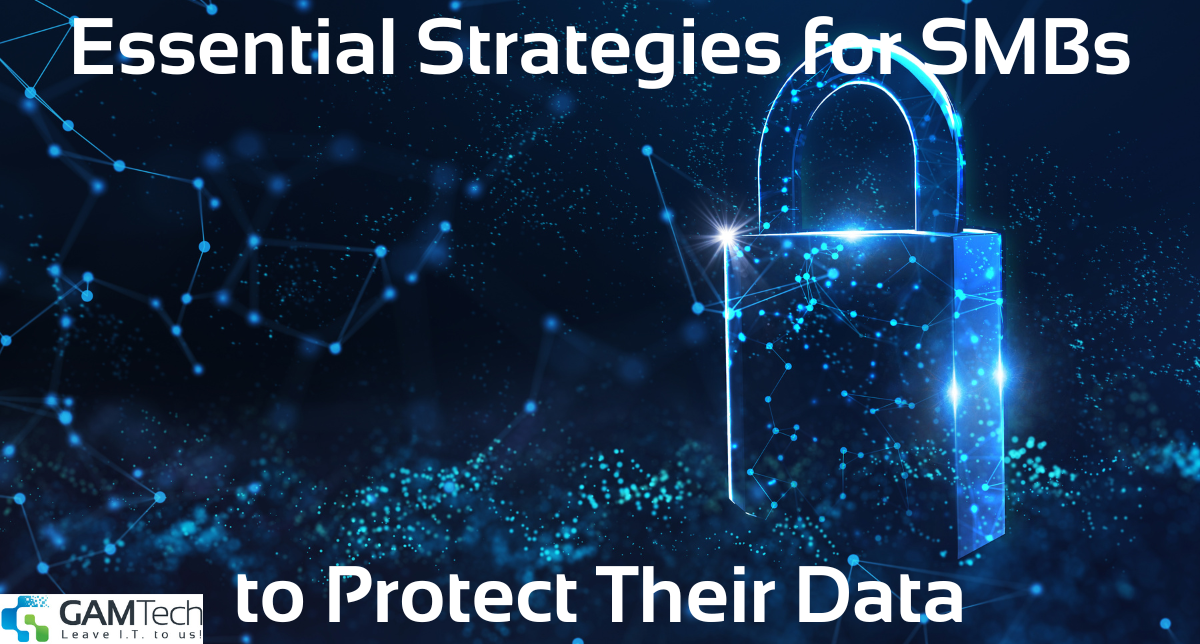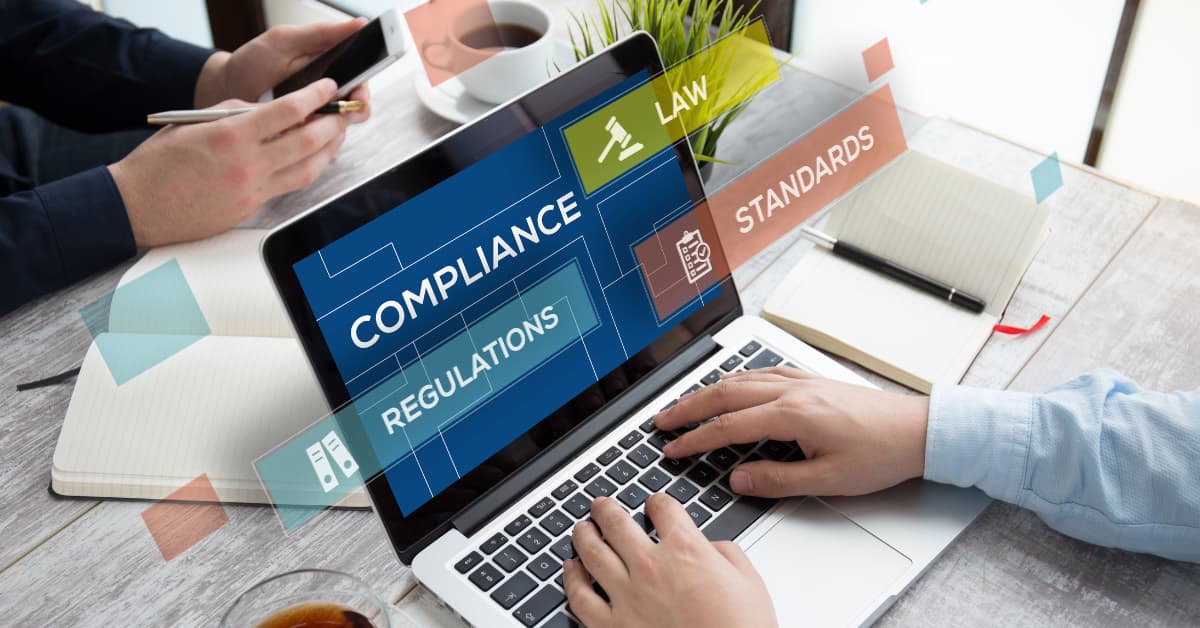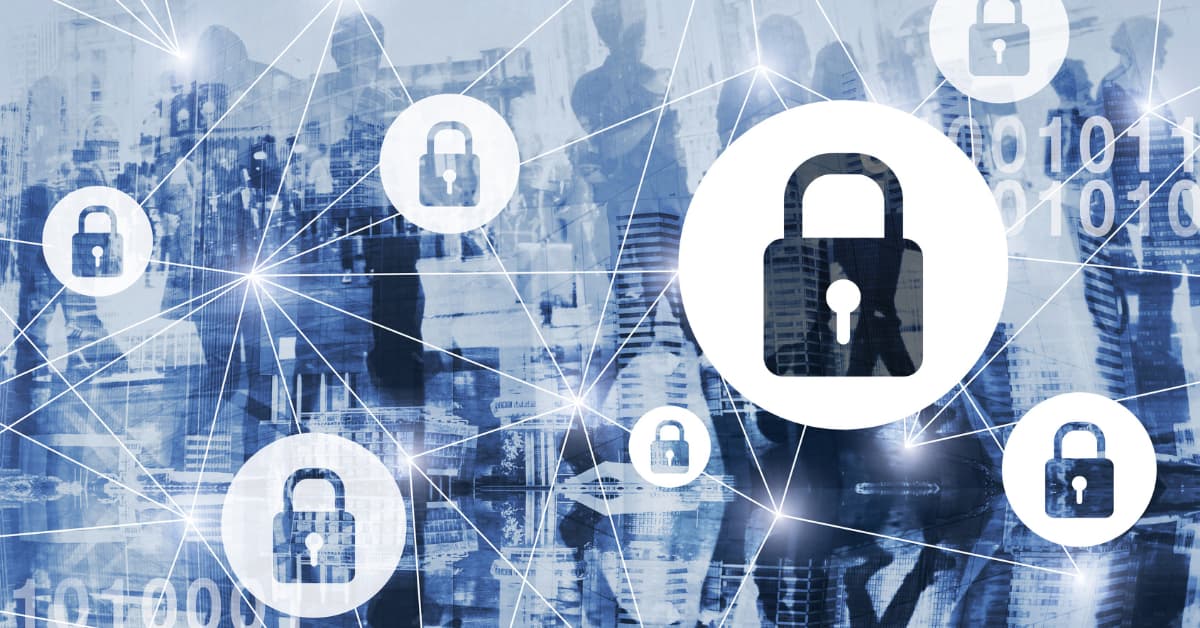3 min read
Essential Strategies for SMBs to Protect Their Data
 Adrian Ghira
:
Jan 30, 2024 8:50:22 AM
Adrian Ghira
:
Jan 30, 2024 8:50:22 AM

Data is the most critical asset for any business, regardless of size. Small and medium-sized businesses (SMBs) are increasingly attractive targets for cybercriminals, with 43% of cyberattacks now aimed at small businesses. The frequency and sophistication of these attacks make securing your business data crucial, not just to protect sensitive information but to safeguard your company's continuity, reputation, and regulatory compliance.
Here, we'll explore essential strategies SMBs should adopt to fortify their data protection efforts and stay ahead of evolving cyber threats.
What's in this article?
1. Conduct a Comprehensive Cybersecurity Risk Assessment
 The first step towards effective data protection is understanding your business's unique vulnerabilities. A cybersecurity risk assessment helps identify potential weaknesses and assess the impact a breach could have on your operations. With remote work and the increasing use of cloud services, SMBs face new risks that need to be prioritized based on the business's specific needs.
The first step towards effective data protection is understanding your business's unique vulnerabilities. A cybersecurity risk assessment helps identify potential weaknesses and assess the impact a breach could have on your operations. With remote work and the increasing use of cloud services, SMBs face new risks that need to be prioritized based on the business's specific needs.
By conducting regular risk assessments, you can focus on areas like threat detection and mitigation, ensuring your security strategy evolves alongside emerging threats.
2. Implement Robust Cybersecurity Measures
Traditional antivirus software is no longer sufficient. SMBs must adopt next-generation tools such as AI powered intrusion detection systems, multi-factor authentication (MFA), and end-to-end encryption. Additionally, the Zero Trust Architecture — where every access point to your network is secured by default - offers stronger protection against breaches.
Regular updates and patch management are essential to ensure outdated systems don't expose your business to cyberattacks. By investing in these advanced tools, your business can effectively guard against the latest threats.
3. Foster a Culture of Cybersecurity Awareness
 Human error is responsible for 82% of data breaches. The best technology in the world can only do so much if employees are not aware of the latest cybersecurity risks. Establish a cybersecurity-first mindset within your organization by regularly training employees on best practices, including how to recognize phishing attempts, use strong passwords, and adopt multi-factor authentication.
Human error is responsible for 82% of data breaches. The best technology in the world can only do so much if employees are not aware of the latest cybersecurity risks. Establish a cybersecurity-first mindset within your organization by regularly training employees on best practices, including how to recognize phishing attempts, use strong passwords, and adopt multi-factor authentication.
Create an environment where employees are encouraged to report suspicious activities, making security a collective effort.
4. Regularly Back Up Data With Disaster Recovery In Mind
A 65% increase in data loss from ransomware attacks has been reported in the last two years. Data backups are crucial, but it's not enough to rely on simple redundancy. Implement automated and encrypted backups stored in secure, offsite locations or in the cloud. Consider solutions that include real-time replication to ensure your business can continue operating in the event of a cyberattack or system failure.
With a strong disaster recovery plan in place, your business can minimize downtime and data loss, ensuring business continuity.
5. Restrict Access & Implement Least Privilege Principle
Access control remains a cornerstone of data protection. Enforcing the least privilege principle ensures that employees have access only to the data necessary for their roles. Regular audits of access permissions help reduce the risks associated with insider threats, with 74% of data breaches caused by internal access misuse.
Adopting Zero Trust policies - which require continuous verification of every user, device, and connection - adds an additional layer of security, reducing unauthorized access to critical systems.
6. Secure Mobile Devices & Remote Devices
In 2024, mobile devices account for over 50% of business endpoints, making mobile security a top priority. With the risk of remote work, SMBs need to implement Mobile Device Management (MDM) solutions to enforce security policies across all devices. Ensure that sensitive data is encrypted and that lost or stolen devices can be remotely wiped.
Biometric scans and multi-factor authentication provide strong authentication across all endpoints, preventing unauthorized access to your company's critical data.
7. Implement Real-Time Monitoring & Incident Response Plans
 The faster a cyberattack is detected, the easier it is to contain. SMBs should leverage AI-driven monitoring tools and 24/7 threat intelligence to detect and mitigate threats in real-time. Having a predefined incident response plan ensures that your business can respond swiftly to breaches, reducing potential damage.
The faster a cyberattack is detected, the easier it is to contain. SMBs should leverage AI-driven monitoring tools and 24/7 threat intelligence to detect and mitigate threats in real-time. Having a predefined incident response plan ensures that your business can respond swiftly to breaches, reducing potential damage.
Regularly test and update your incident response plan to ensure it remains effective against evolving threats. On average, it takes 287 days to identify and contain a data breach, but with proactive monitoring, that time can be significantly reduced.
Future-Proof Your SMB's Data Security Strategy
The cybersecurity landscape in 2024 presents significant challenges, but with the right strategies, SMBs can protect their data, build trust with customers, and ensure long-term resilience. By conducting regular risk assessments, investing in advanced security tools, fostering a cybersecurity-conscious workforce, and implementing comprehensive access controls, your SMB can stay ahead of cyber threats.
Take the proactive step to safeguard your SMB by signing up for a free risk assessment from GAM Tech today. Our experts will help identify your business's vulnerabilities and craft a tailored, cost-effective data protection strategy. Contact us today to fortify your business and safeguard your future. Don't wait until a cyberattack strikes — let's build a more secure tomorrow for your SMB.

Key IT Compliance Service Requirements for Small Businesses
Small businesses are increasingly subject to cybersecurity and data protection regulations. Compliance is not only about avoiding fines—it is...

Top Types of Cybersecurity Threats Facing Small Businesses
Small and medium-sized businesses (SMBs) are increasingly becoming prime targets for cybercriminals. Unlike large enterprises, which often have ...

